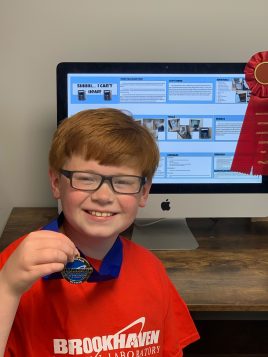“Dave Cook is the Salt of the Earth.”
These are the recent words of Rocky Point High School guidance counselor Tammy McPherson to identify the true character of this long-time district employee.
Cook has been a member of the high school custodial staff for 20 years. Always a figure that is seen with a smile on his face, he works well with Tracy Castellucci, and Chris Mirabille, Cook supports all of the custodial needs of the students and staff members of this high school.
It is not difficult to spot Cook, as he is usually wearing his trademark Rocky Point baseball hat, or a Met or Giants cap, and talking sports with the teachers around him and always asking others about their families.
Originally, this city boy was a product of Rockaway Beach, where he understood the importance of giving back to his community through the army sacrifices of his father, who was a combat veteran during the Vietnam War.
Cook enjoyed playing stick ball, being on soft ball teams, and going to the local city beaches as a kid. In 2002, he was hired by this district as a custodian and he moved his family to Rocky Point. Right away he noticed the change from the bustling atmosphere of Queens to the slower pace of our local suburbs and country setting.
This lifestyle was a change for him, as he now saw deer on his property and lives only steps away from the Long Island Sound. It is safe to say, that Cook’s presence in Rocky Point has been a good fit for both this town and his family. Cook represents the backbone of this strong North Shore hamlet of regular, hard-working, dedicated, blue collar, middle class residents that take pride in their homes, jobs and community.
During the COVID-19 pandemic when the schools closed down last year, the sincerity of Cook was seen on a nightly basis. He hosted nighttime Facebook happy hours that brought together staff members through lively discussions, music and even culinary tips.
Cook was the DJ that kept everyone smiling during these nightly events that brightened the morale of many people during a dark time period.
On June 10, Cook was going about his daily routine of working in the cafeteria, where he is responsible to maintain a safe and sanitary dining environment. After he learned from another teacher William V. Weinold that 15-year-old Avery Ward was choking on her food, he quickly ascertained the Heimlich Maneuver was needed to help this young lady.
After five thrusts from behind Ward, a silent cafeteria of on-looking staff and students watched as Cook aided the health and well-being of this student. While he helped a student that he did not know, as a parent of his four children of Thomas, Jacob, Brady, and Lily, Cook thought of his own kids being in a similar desperate situation.
Always a “team player,” Cook quietly goes about his business on a regular basis, but his job title quickly changed at a moment’s notice in treating this student.
Jessica Ward was incredibly pleased over the presence of Cook to care for her daughter. She looked at the quick actions of Cook and said, “We are incredibly grateful that Cook was in the right place, at the right time. He never froze and we owe him everything towards the survival of our daughter.”
Currently Avery is a varsity cheerleader that enjoyed being in Weinold’s 9th Grade Honors World History course, going to the beach and being around her family. She is also a motivated young lady that earns her own money through her previous job at McNaulty’s Ice Cream Parlor in Miller Place, and currently at Power Nursery and Greenhouse on the corner of Radio Avenue and Route 25A.
And she has also established her own business of dressing up like the “Grinch” and taking holiday, birthday, and special occasion pictures with younger children and families. Like that of Cook, she is a busy member of this school that is a student-athlete, that was quickly treated by her newfound friend, where they will share a life-long bond.
As Cook supremely acted on this day, it was not a surprise to those people in this school that knows him best. He is a valued employee that deeply cares about the people and environment of this high school. Superintendent Scott O’Brien believed that “Our very own Rocky Point High School custodian, Mr. Dave Cook, is a true hero. It’s one thing to have the training to do this, but it takes a person with courage, confidence and compassion to jump into action like Dave did and we are incredibly grateful for his heroism that day.”
Principal Jonathan Hart identified this worker as being an “outstanding custodian in this district and an even better person. He takes pride in his job and always goes out of his way to help students and staff alike. His quick response and decisive actions surely saved this student from potentially losing consciousness or perhaps an even more grave fate.”
Mirabile was proud of his exploits and saw that Cook “quickly took over and protected this student during a chaotic situation.”
His main peer during the course of the day Castellucci recalled that this student was “already changing colors and acted in the right way. I am friend to be next to him on a regular basis.”
The feelings of O’Brien, Hart and the custodial staff are also consistent amongst the staff members when looking at the wonderful attributes that are demonstrated by Cook. Many of the guidance counselors marveled at the quick thinking of their good friend.
Michael Conlon observed that it “comes as no surprise that Mr. Cook acted in this way, as he never hesitates to help others on a daily basis. He is a man of true decency.”
James Jordan saw the drive of Cook to help this student as being his “mantra to go above and beyond to help others in this building, regardless of the situation,” and guidance facilitator Matthew Poole feels that Cook is a “hard working individual that would give you the shirt off his back. He deeply cares about this school and considers this building to be his second family.”
Holly Rizzi assessed the strengths of Cook as being a “devoted father, that displays the true instincts of a parent to help this student in critical need,” and guidance secretary Kelly White has worked closely with Cook over the last several years. She described him as “one of the most genuine people that’s always smiling and willing to help you out at any time, whether he knows you or not. It didn’t surprise me at all to hear that he jumped into action with a second thought.”
The selfless nature of this Rocky Point employee demonstrates that heroes don’t have to be rich, famous or well-known, but they come in the form of good people like that of Dave Cook. Moments after this accident, staff members from every position within the high school praised Cook to thank him for his quick thinking and attention to detail.
While it was a perilous situation, many of the people that know Cook the best, were not surprised at his willingness to help other’s. This has always been his nature and Rocky Point is fortunate to have the loyalty of this employee to support others through all types of situations.
Rich Acritelli is a social studies teacher at Rocky Point High School and an adjunct professor of American history at Suffolk County Community College.

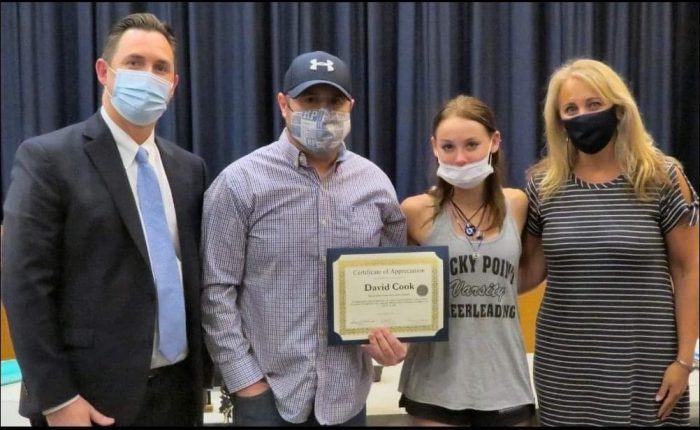


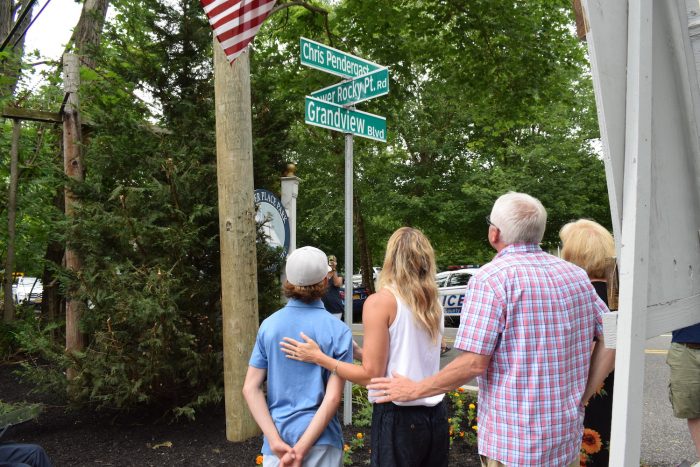
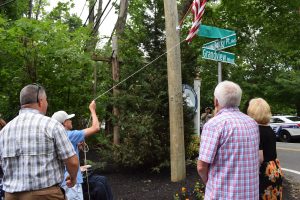
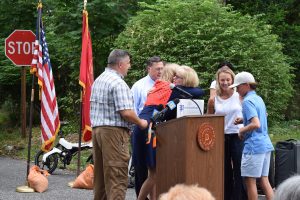



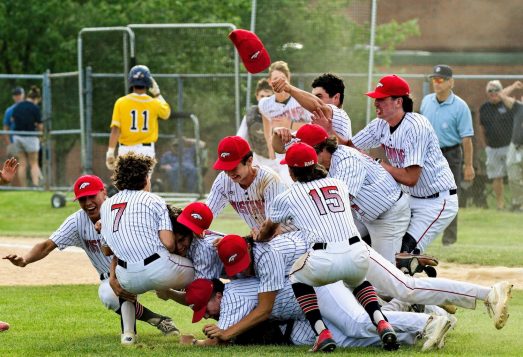
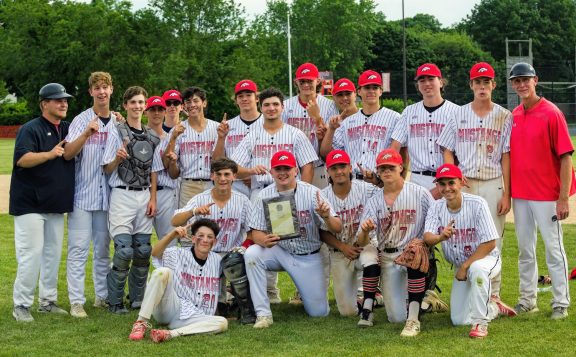

















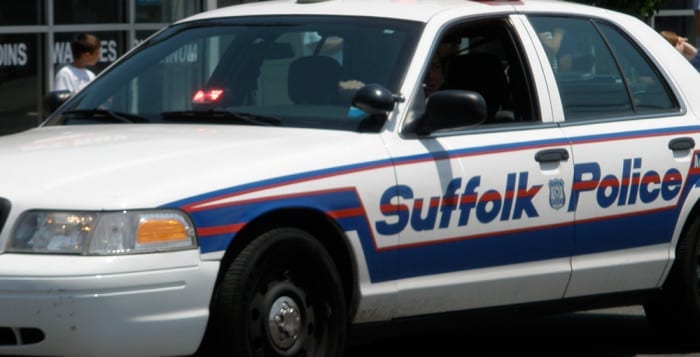
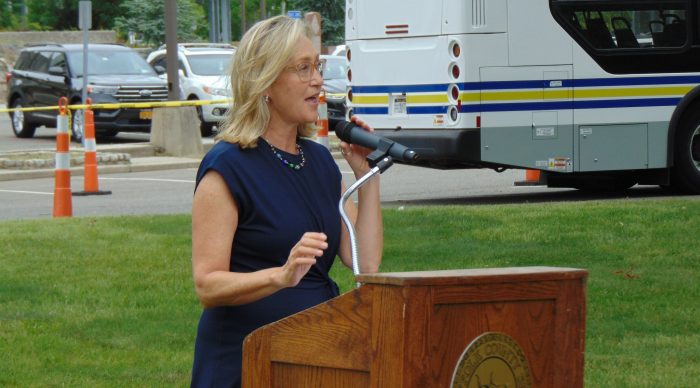
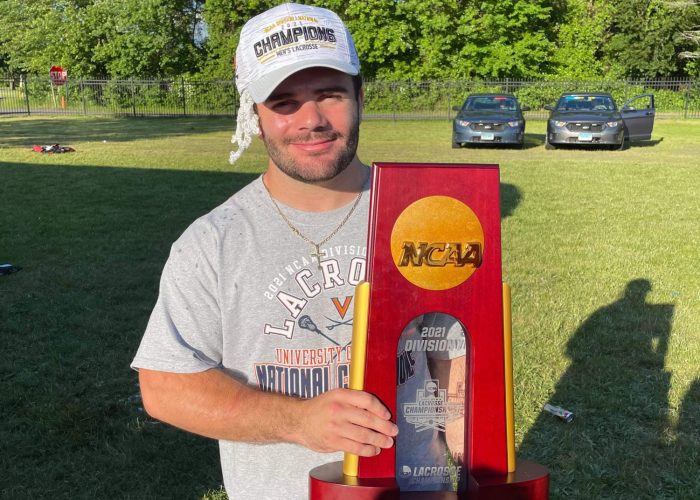
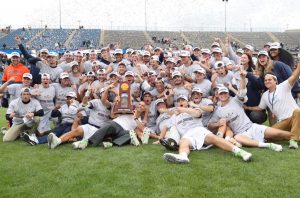


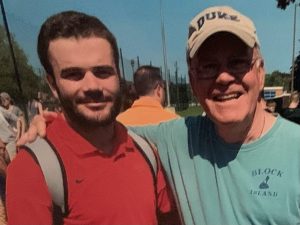
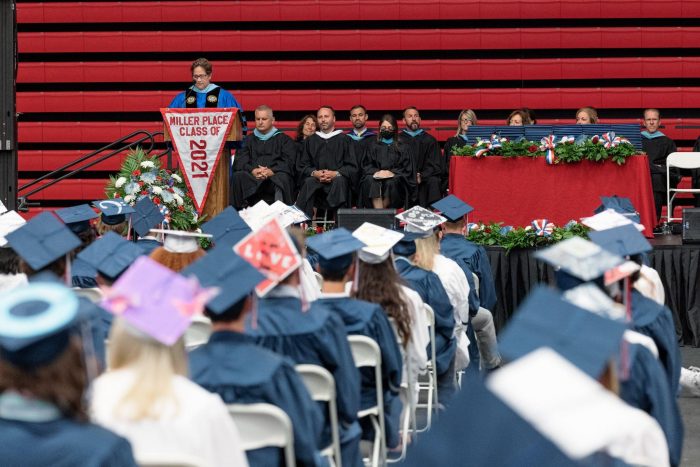

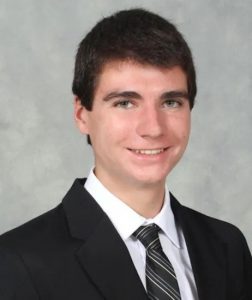 To add to his stellar academic and community service achievements, Jason was known as an involved student-athlete. He was a member of the cross-country team, soccer team, and the winter and spring track teams.
To add to his stellar academic and community service achievements, Jason was known as an involved student-athlete. He was a member of the cross-country team, soccer team, and the winter and spring track teams.




